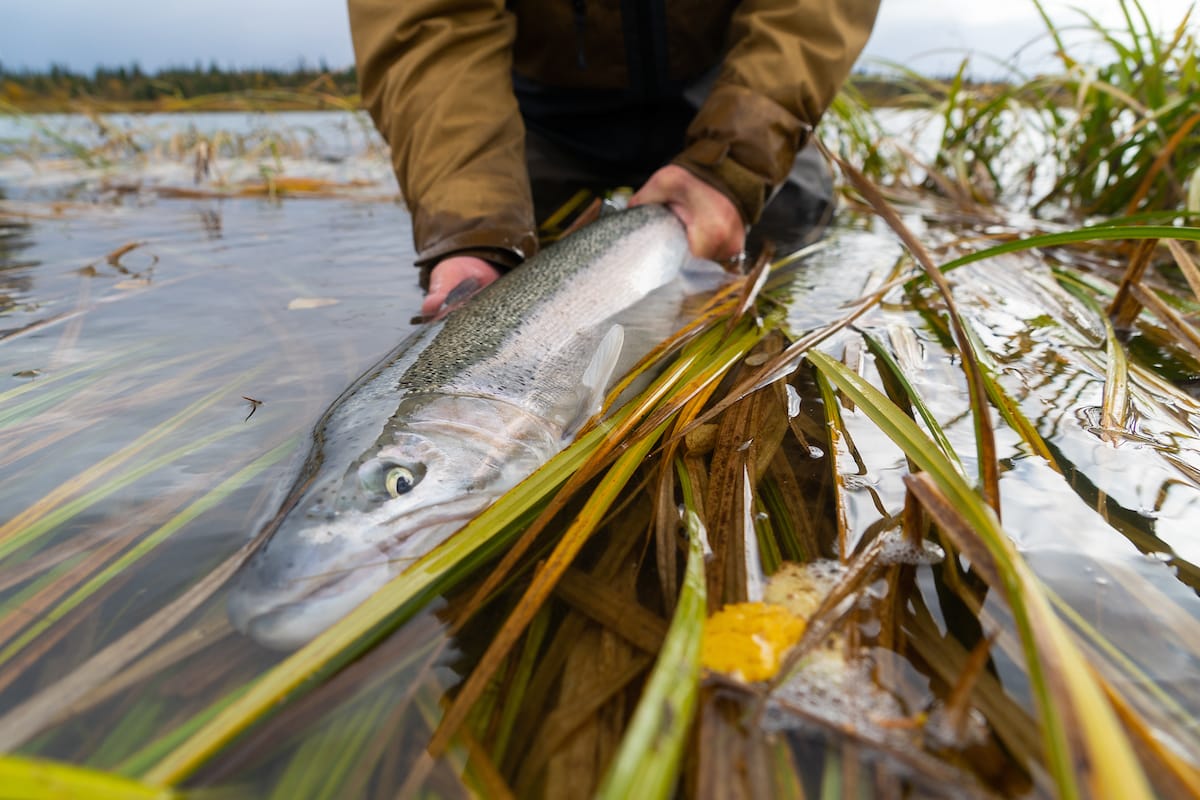One of the topics many of my friends just “agree to disagree” on is whether wearing drab colors, or even camouflaging yourself really matters at all in the context of trout fishing.
If you go to New Zealand and show up in a loud Hawaiian shirt, the locals will laugh you off the river. Then again, I’ve seen plenty of folks do just fine dry fly fishing in… a really loud Hawaiian shirt.
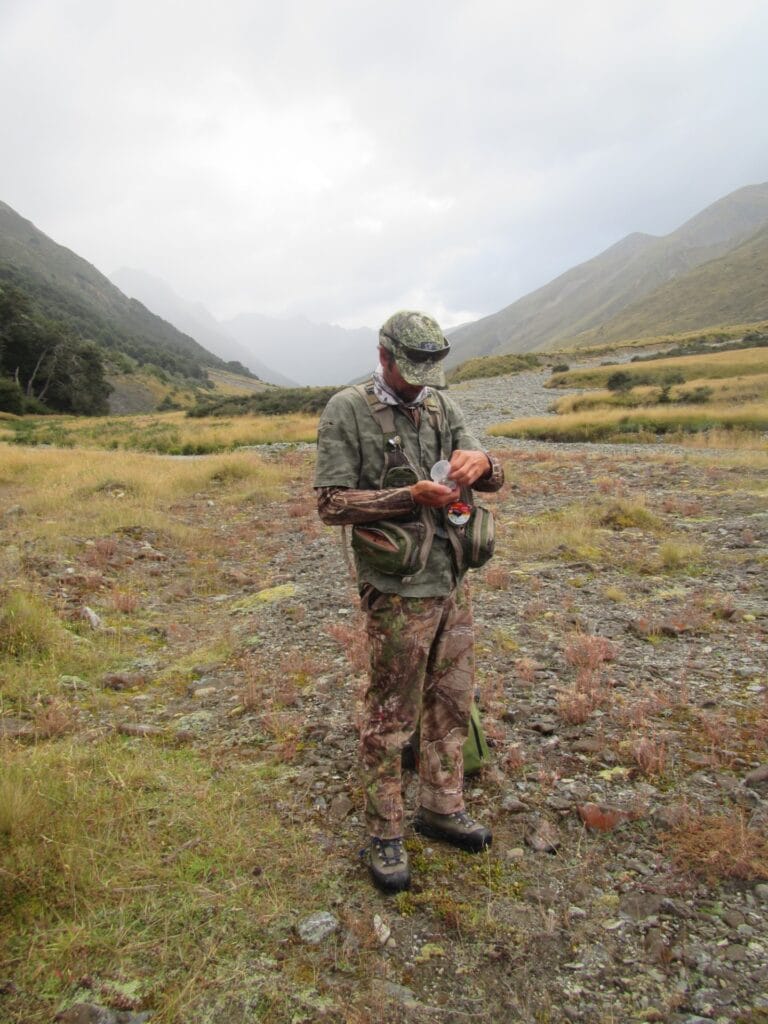
I did some “Going Deep” stories for Field & Stream a number of years ago where I went scuba diving amongst the fishes, and the number one lesson from the bottom of the trout river is that the indisputable triggers for spooking trout were shadows and motions overhead. Instinct tells them that not a lot of good things happen from above—think predatory birds—so keep that in mind when you false cast like crazy or stand with the sun behind you so you cast a shadow over the run you’re fishing.
And it’s true that trout eyes are set on the sides of their heads, not focused forward like human eyes, so they can see and sense things you or I wouldn’t. In other words, their peripheral vision is extremely peripheral.
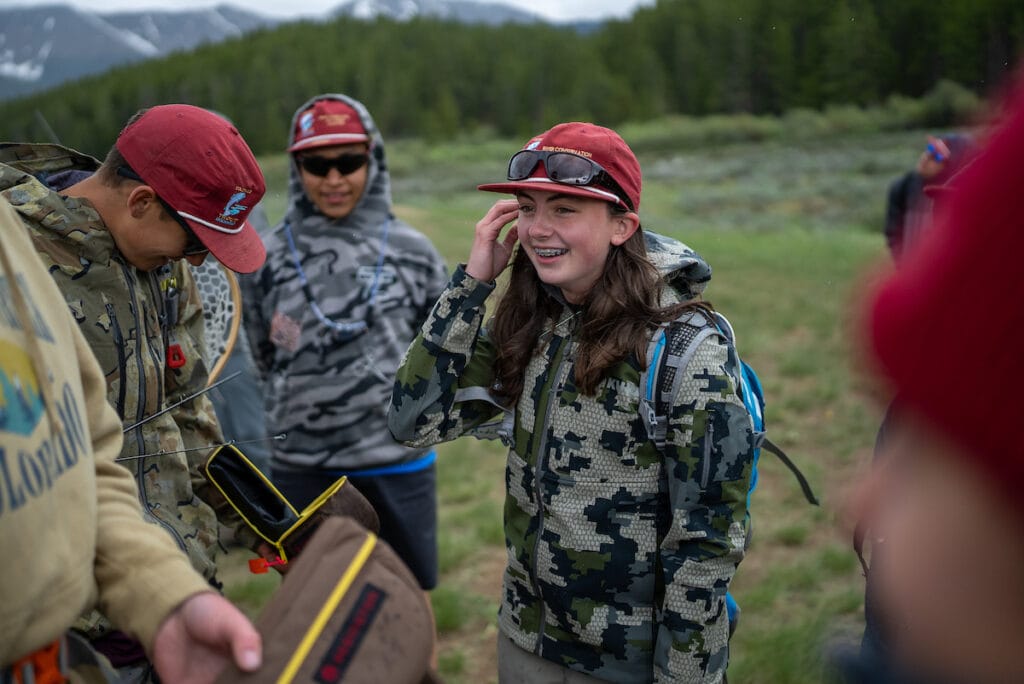
We also know that trout see colors, and colors like red do stand out in a natural environment, much more than grays, greens, browns and sky blue.
I guess I am of the school that it doesn’t hurt to go the extra step to try to be stealthy. Most often, when you catch me on the water, I’ll be wearing gray or green. I like sky blue also, but in some places for whatever reason, sky blue tends to attract bugs like deer flies and mosquitos. I’d rather not get bit than blend in with the sky. And at the end of the day, if I got invited by a friend to go hit the river and I didn’t have time to change out of my red sweatshirt, I wouldn’t worry about it.
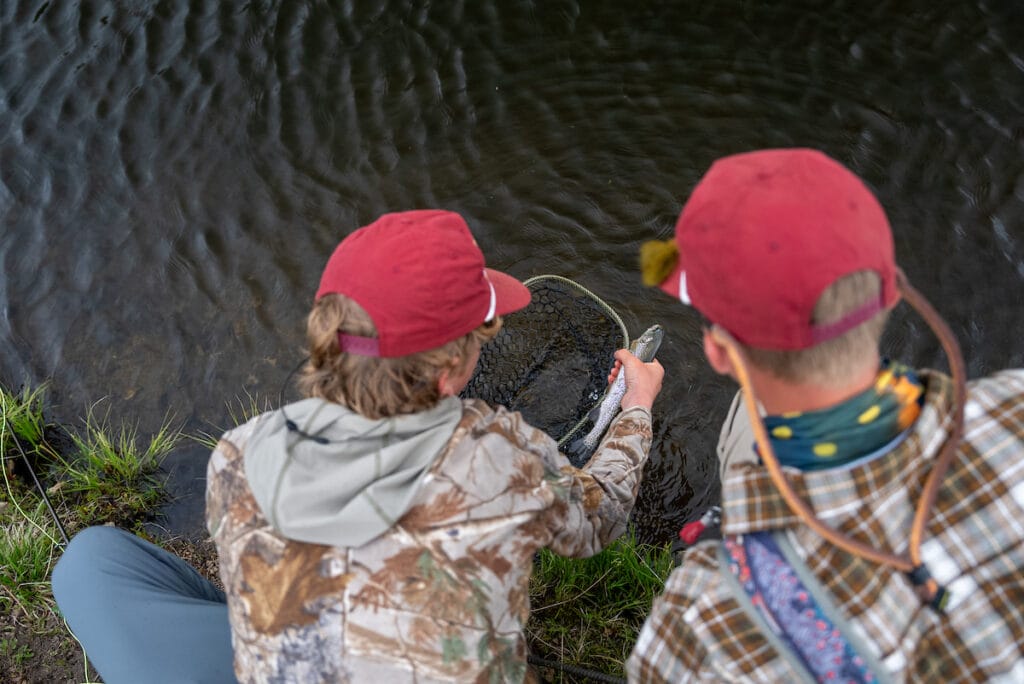
I think there are about 10 things that factor into a stealthy approach when fishing for trout—especially trout eating dry flies—than the clothes you’re wearing. Like keeping a low profile—the person who can cast from their knees in certain situations probably does just as well as the tall angler waving away in camo.
Factoring in the position of the sun and your own shadows matters a lot.
How turbid is the water, and how fast is it moving?
And false casting… oof. I know many people advise to false cast off to the side and then drop your shot in front of the fish, but the Kiwis profess a different approach and I’ve embraced it. (After all, the fish’s eyes are on the sides of its head, so what good is casting off to the side?)
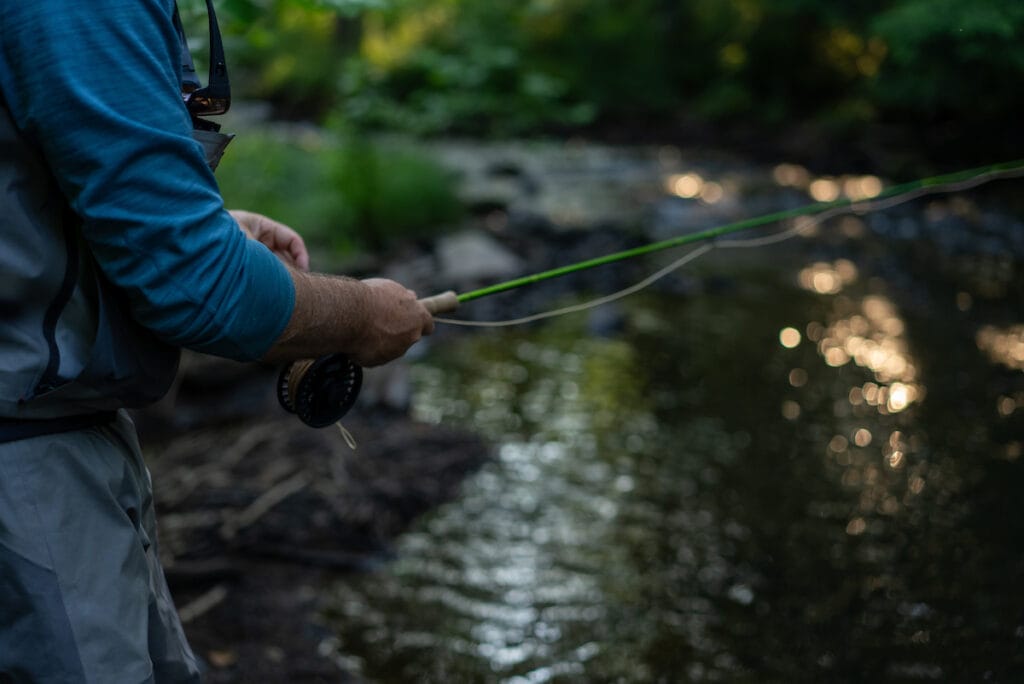
If you know how to accurately measure and shoot 5-10 feet of line, and you can turn over a very long leader (like 15 feet), it’s often best to drop that “zoning in” cast several feet behind the trout, and then shoot line to make the real shot. Of course, that works best with nearly weightless dry flies and a gentle presentation. If you’re slinging lead and making plops, those things tend to spook fish also.
The one true blind spot for a trout eating dry flies off the surface? Directly behind it.
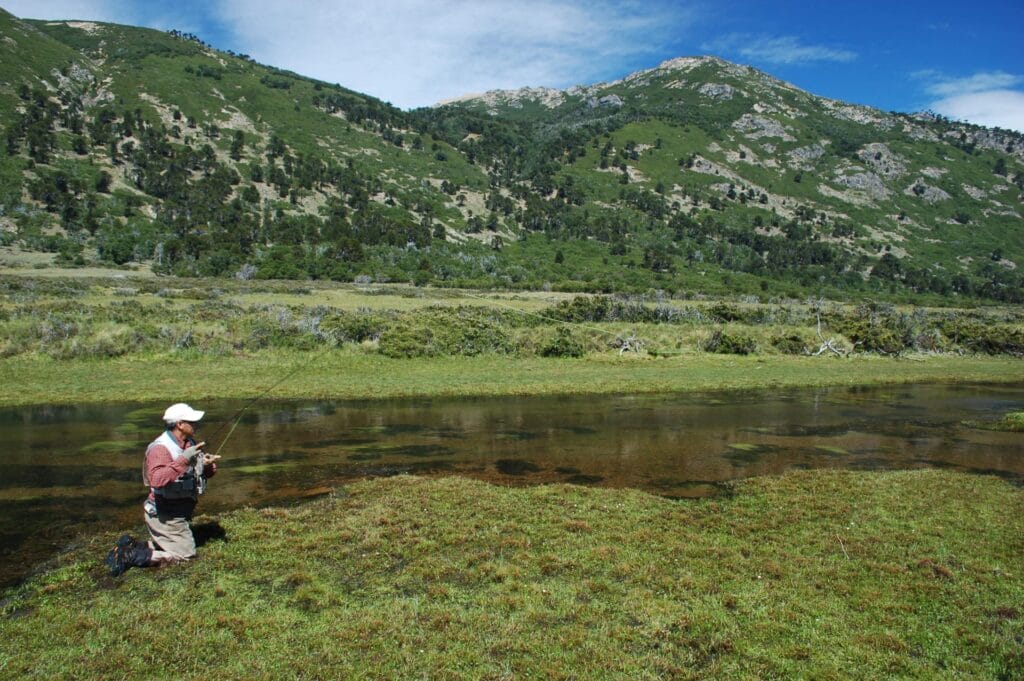
Play that casting game with precision, keep a low profile, watch your shadows, and don’t line the fish by casting too far ahead of it, and odds are, that fish probably isn’t going to care what colors you’re wearing.
But your friends might.



